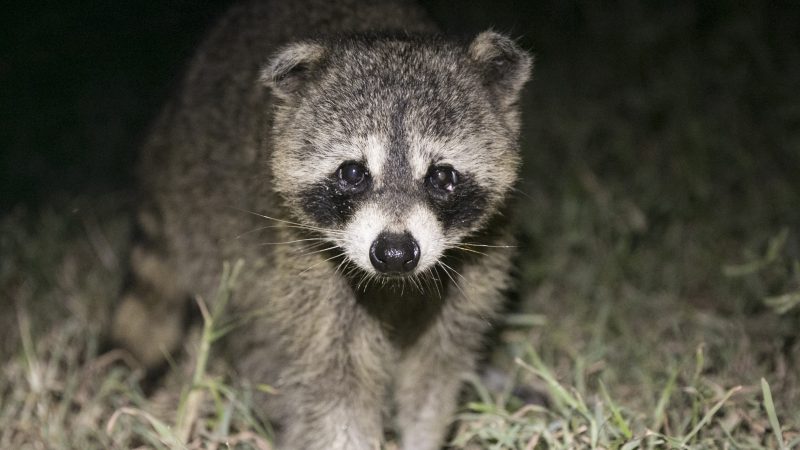One of the reasons I became a veterinarian is because I love animals. All animals. Imagine my disappointment when our cute little puppy, Jersey, grew up and decided to stalk the wildlife that has decided to enter our country yard. Thankfully, we have installed the Invisible Fence system at our home and she can spend hours outside staring up at the trees that house our squirrels and birds.
Unfortunately, that also means that when she was whining to go outside at three o’clock in the morning the other night I groggily let her out without a second thought. Little did I know that a skunk was the reason for her early morning excitement and that our killer Jersey would waste no time introducing herself to the skunk. Needless to say, that wonderful odour quickly penetrated our whole home and her fur!
I know from experience that no dog, city or country, is immune to exposure to wildlife. Our move to the country has made me think more about what I need to do to ensure our pets remain safe and healthy with the more frequent exposure to different wildlife.
Here are a few things I suggest you do for your pets
1. Keep vaccines up to date. We all have heard about Rabies. Recent outbreaks in Ontario have made prevention of this disease even more important. Skunks and raccoons also can carry other diseases we vaccinate for, like Leptospirosis and Distemper. Some of these diseases are also contagious to people.
2. Deworm your pet regularly. If your pet likes to hunt, like Jersey, intestinal parasites like tapeworms and roundworms are very easily acquired. Did you know that many cats can be positive for tapeworms but never show them? Rabbits, mice, and fleas are common ways to pick up tapeworms. It is recommended that outdoor cats be dewormed 4 times a year. I use year round, once a month, heartworm protection that contains intestinal parasite protection for my dogs. Wildlife never gets dewormed and their feces in your yard can be an ongoing source of parasites for your pets or you and your children.
3. Use flea control. Thankfully, we have a number of all in one product that cover multiple parasites so it helps us control these many parasites.
4. Know the skunk remedy. Want to get rid of that awful smell? Use the following recipe.
– 4 cups of 3% Hydrogen Peroxide
– ¼ cup of baking soda
– 1 teaspoon liquid dishwashing soap
First, soak your dog with water, then apply the mixture. Lather it up and take care to avoid the eyes. Leave on for 3-4 minutes then rinse.
5. Check your pet for wounds. If you know that your pet has gotten into a scuffle with another animal (including cats) be sure to look closely for any open sores. These can easily get infected and cause problems.
6. Keep your pets in at night. Unfortunately, I learned the hard way that the middle of the night is a time when wildlife tends to be more active and put our pets at higher risk.
I’ve shared a few ideas to help prevent diseases and other medical conditions that your pet could encounter with exposure to wildlife exposure. Perhaps in the future, we need to discuss how to keep the wildlife safe. At our home, I have noticed that the squirrels have learned exactly where the line to our Invisible Fence ends. This has the benefit of keeping Jersey entertained yet the squirrels are just out of her reach, safe on the other side of the line!
Written by Dr. Tracy Vink-Taylor




